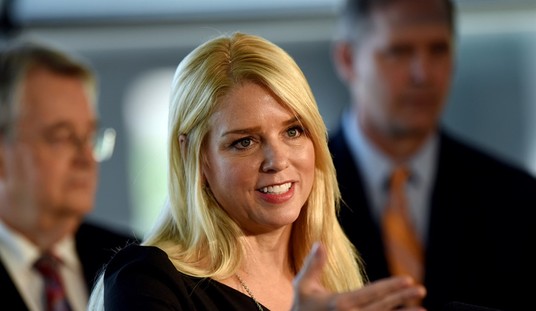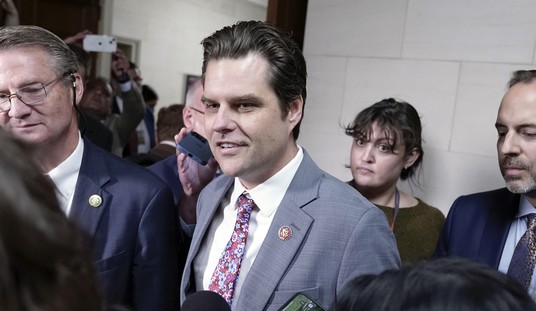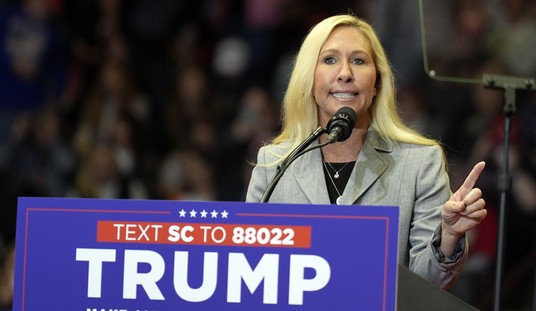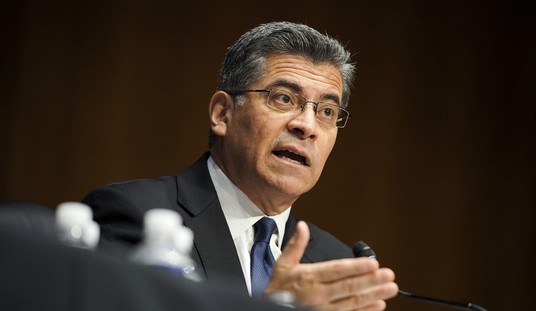A new report from the Property Rights Alliance (PRA) has shown that smoking rates decline at a far more rapid rate in countries whose governments allow vaping to flourish.
In recent years, Canada, France, New Zealand, and the United Kingdom (UK) have (intentionally or not) facilitated a fairly liberal market for vaping products. PRA’s research concluded that each country has seen smoking prevalence drop twice as fast as the global average.
In the UK, between 2012 and 2016, the smoking rate fell from 20.4 percent to 16.1 percent. Further reductions since mean that there are now 25 percent fewer smokers than in 2012. This compares to a mere one percentage point decline between 2014 and 2020 across the EU.
In France, where no tax is applied to vapes and they are also recognized by health authorities as a smoking cessation aid, the number of people vaping who no longer smoked increased by 110.6 percent from 23.5 percent in 2014 to 49.5 percent in 2017.
In New Zealand, the smoking rate dropped from 12 percent in 2020 to 10.5 percent in 2021 after a widespread uptake of vaping following a delay in regulation. Canada also experienced a dramatic fall in smokers when vapor products were freely available. Between 2013 and 2019, the percent of daily smokers decreased from 10.9 percent to 8.6 percent while vaping prevalence more than doubled.
It appears that not taxing vaping products and allowing their sale as consumer goods encourages uptake and leads to a natural shift from smoking to safer alternatives for many people. Plus, in jurisdictions where positive messages from public health officials about vaping as a quit aid are applied, smokers are more inclined to experiment and make the switch.
Recommended
The report concludes that, in these four countries, declines in smoking are more than double the global average thanks to a liberal approach towards vaping. It appears that if governments largely step out of the way, vaping works to reduce the number of people smoking with little cost to the taxpayer.
Further encouraging news is that these policies have not led to an upsurge in youth use of vaping or smoking as predicted by the more excitable amongst the public health community. It’s quite the opposite. In Canada, there has been a significant decline in smoking rates among teens and young adults including a 40 percent reduction in 20 to 24-year-olds in just one year. A New Zealand study concluded that fewer than one percent of 14 year-old students who never smoked reported daily use of e-cigarettes. Youth vaping in the UK is so low as to be almost negligible.
So, one must wonder why frantic hyperbole surrounds regulatory proposals towards vaping in many countries, most notably in Australia and the U.S. It is true that there is a mass of misinformation being published by media outlets and, shamefully, the World Health Organization, while real-world experiences from varying government approaches tell a different story.
It is becoming a recurring phenomenon that where countries favor liberal regulation of e-cigarettes, vaping increases while smoking declines, while evidence shows that where flavors are banned, a rise in smoking rates usually follows.
Governments should not insert themselves where they should not be by banning or slow walking reduced risk alternatives to smoking. These bans come at a great cost to the public purse. The best thing governments can do with vaping, in particular, is to keep out of the way and let the free market magic happen.
Vaping is a natural substitute to smoking and can attract nicotine users from the most dangerous delivery system (traditional cigarettes) to one that is at least 95 percent safer. Left to their own devices, people will naturally choose the safer nicotine product unless they are directed away from it.
Smokers do not need much excuse to carry on with a habit they enjoy despite being constantly being told it is harmful. Taxes, restrictions, warnings, reduction in flavor choice and, in some places, an eagerness to regulate vaping products as medicines only serve to convince smokers that there is something suspicious about vaping and that cigarettes are better than the devil they know.
Even fierce critics of reduced risk products do not disagree that vaping is far safer than smoking. Stanton Glantz, for example, who is probably the most prominent anti-vaping advocate in the U.S., if not the world, has gone on record saying, “there isn’t a doubt in my mind that a puff on an e-cigarette is not as dangerous as a puff on a cigarette,” yet governments persist in proposing expensive policies which encourage smokers to dismiss alternatives.
If policymakers truly wish to see reduction in smoking prevalence as they claim, they just need to understand that vaping works, and should allow vaping to grow to its full potential to save lives.
Martin Cullip is the International Fellow at The Taxpayers Protection Alliance's Consumer Center and is based in South London, UK.
























Join the conversation as a VIP Member